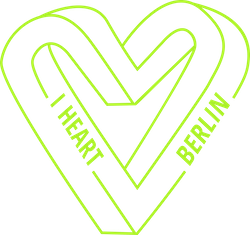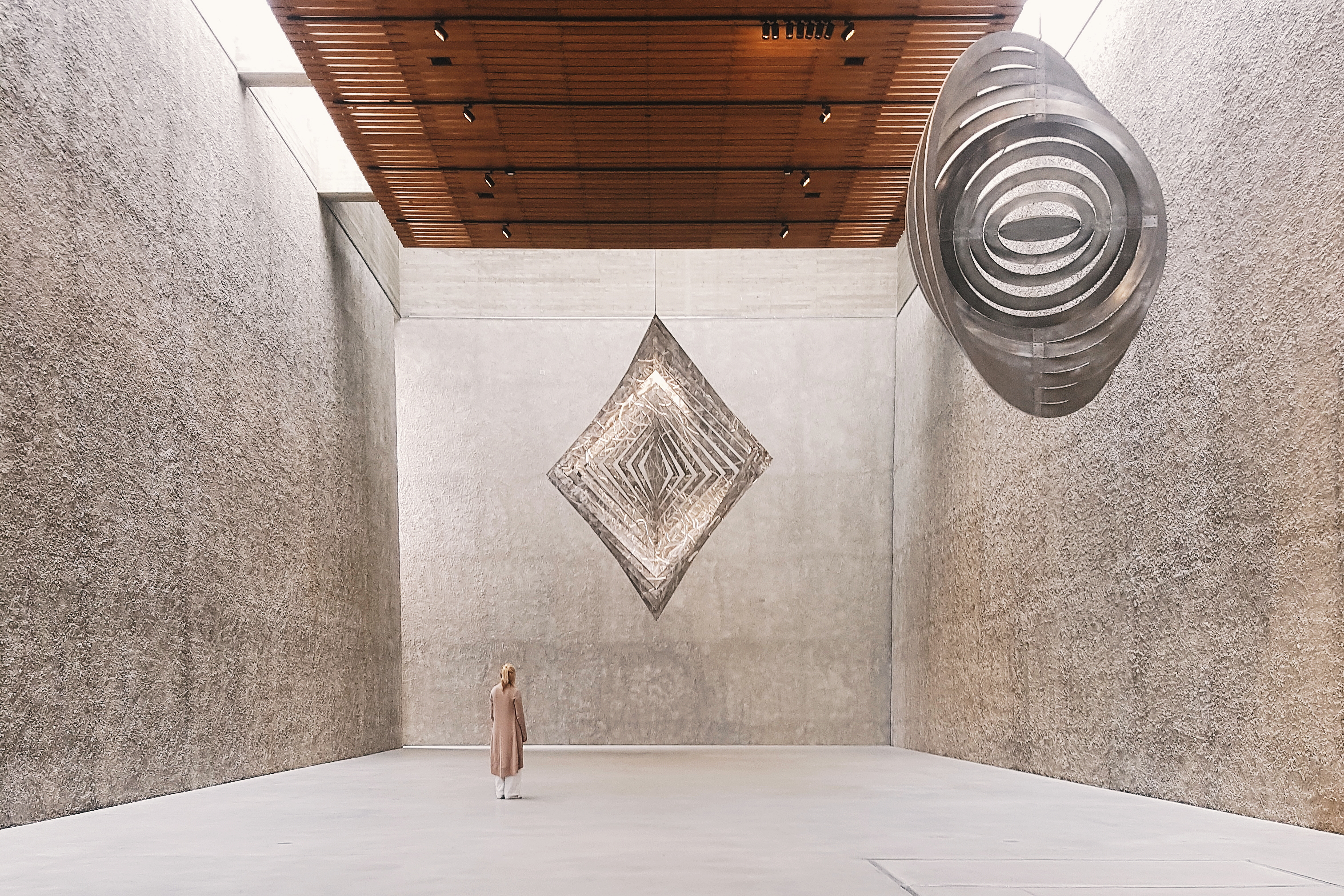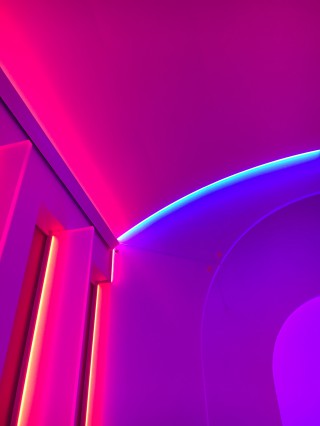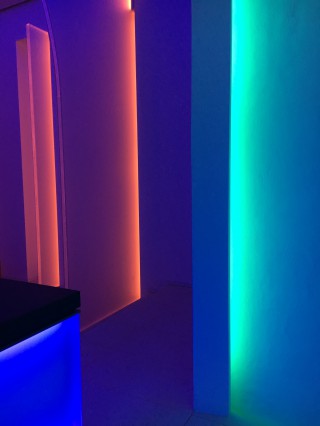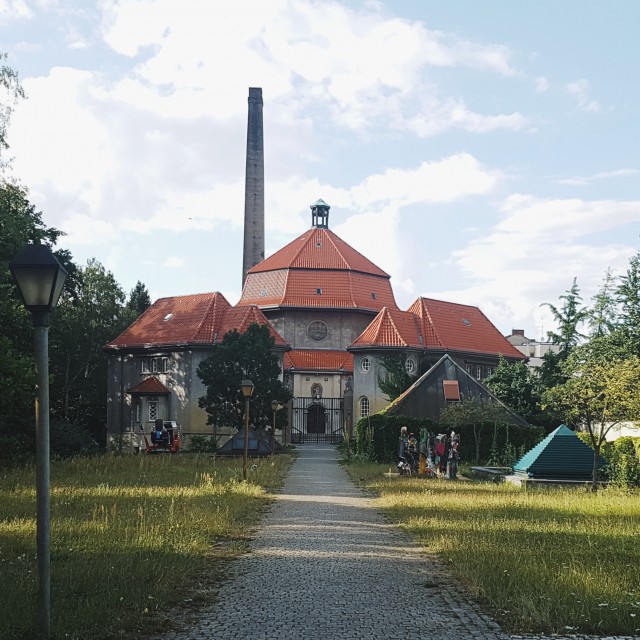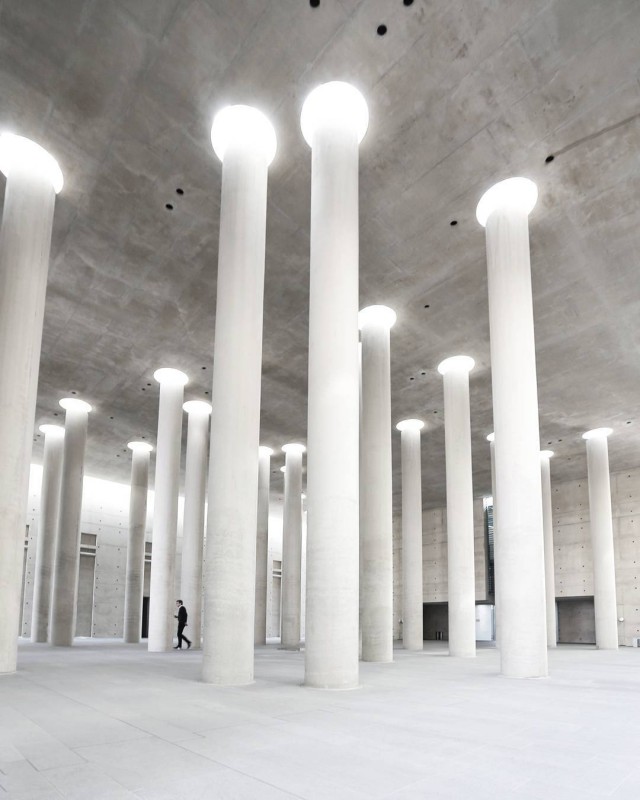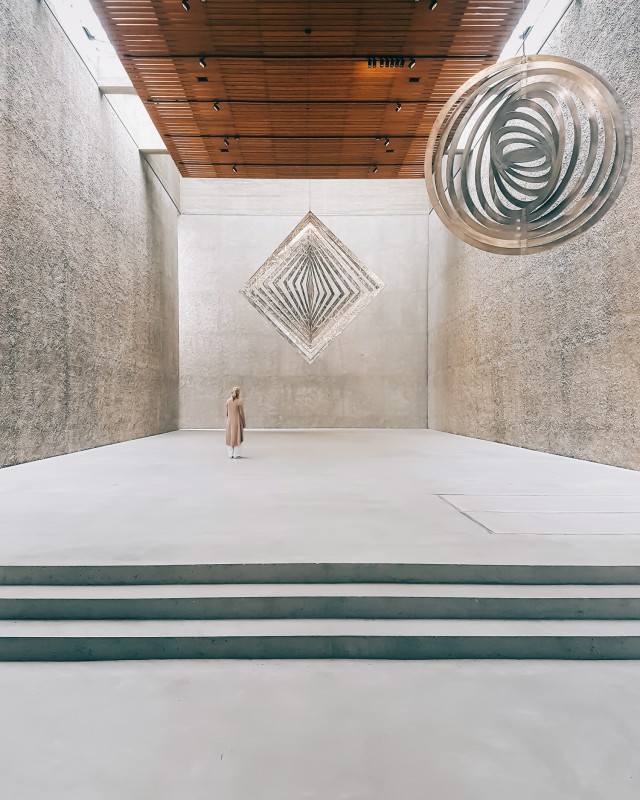This city is just full of surprises: To a newcomer here, a lot of Berlin’s ways might even come as a bit of a shock, until one gets used to it. Among these shocking things, is seeing spaces with a very particular context, such as churches, not serving solely their religious purpose as gathering points of worship, but instead being used for other cultural activities: exhibition spaces, concert stages, theatre stages. For most other parts of the world that’d be unthought of: but Berlin is just like no other city, haven’t we established that already? In terms of, well, everything; and churches confirm it.
Spaces so holy, designed to create awe and devoutness, connected with faith or death, both parts of life that are hard for us to conceive, find other, secular uses, and thus step off their high place somewhere closer to us. That’s got a lot to do with the city’s tendency of giving a new life to things old and abandoned: from the secondhand scene being so strong here, people reuse every chance they get, to abandoned places that often become art spaces, to churches and crematoria being reused, having a new life, and gain new meaning. A collection of such spaces, that caught our eye somehow, either with their design, or with the whole new use, we are about to present to you 🙂
The memorial chapel of Dorotheenstädtischer Cemetery is an amazing example of art emerging the divine sphere, and a must-see during the summer months. Built in 1927 and renovated by Ndelykov Moreira, this chapel hosts, apart from religious services, a light installation by the famous American artist James Turrell. Inspired by Berlin’s beautiful sunsets, the show begins with cool blue light, and as the time passes, the lights shift, imitating the sky, to orange, red, pink. The minimalistic space is the perfect canvas for this art project, and the result is truly remarkable. If you wish to visit, make sure you check its schedule here.
installation detail James Turrell in Berlin, photo 1 / 2: mangtronix / CC
The first crematorium in Wedding, built in 1911, closed down in 2002, and by 2014 its building found multiple new uses. SAVVY contemporary gallery is, for instance, situated in one of its spaces, and hosts lots of visual and performance artists and curators, fostering a dialogue between Western and non-Western art. Apart from the gallery, many offices, studios, and event spaces are situated in the former crematorium’s main building, called Silent Green. Another one of its spaces worth visiting , is the lovely cafe Marss, which is right next to the graveyard – a true oasis of peace and tranquility.
Silent Green, photo: iHeartBerlin
A crematorium that is actually in operation, but which attracts lots of visitors due to its amazing architecture, is crematorium Baumschulenweg. Designed by Axel Schultes and Charlotte Frank, this crematorium is what its makers imagined how being gone from life would be. “A space for silence”, its whole design is a study to death, desolation and the afterlife, it marries stone and light perfectly into an imposing result. It is a place that inspires reflection, as its so peaceful and still.
Krematorium Baumschulenweg, photo: steffimarla
St. Agnes is a Postwar massive concrete building of Brutalist design. A former catholic church, which however was out of service since 2004, found new life when the art dealer Johann König re-opened it in 2015 as a gallery. The building is windowless and top-lit, making it seem rough and raw from the outside, but soft and bright from within- a perfect way to display art.
St. Agnes / Johan König Galerie, photo: alexberlinetta
The Chapel of Reconciliation stands today, where the Protestant Church of Reconciliation Parish used to stand, before it was blown up in 1985, as the Berlin wall passed right next to it. After the wall fell, there was a will to restore it , commemorating the past and looking into the future. The Chapel of Reconciliation combines ecological and architectural modernity with the rememberance of triumph over destruction. Today it is a world symbol of reconciliation and peace, risen literally from the dust of a divided Berlin. This minimalist oval chapel is a quiet homage of its sober history, while its architecture is also very symbolic, as the thick clay walls embedded the remains of the old church that used to be in the chapel’s place.
Versöhnungskirche, photo: nomadic_by_choice
